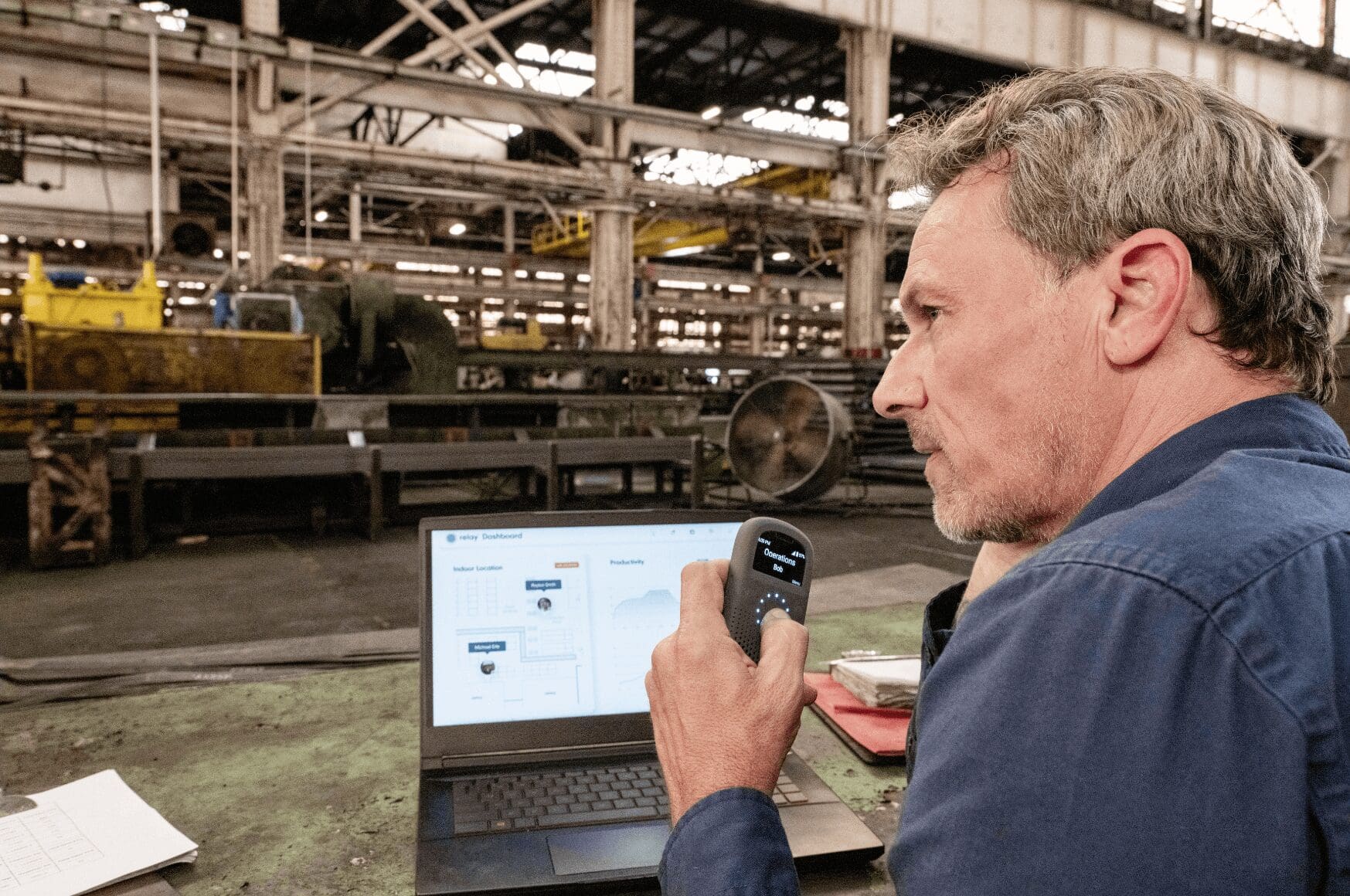The manufacturing sector is experiencing an unprecedented transformation. The traditional shop floor is becoming a digital, interconnected environment because of the rise of Industry 4.0, driven by technologies such as automation, artificial intelligence, and the Internet of Things. Although these changes promise increased efficiency and innovation, they also bring a critical challenge: the skills gap.
Many industrial workers lack the training to operate, maintain, or even understand the new generation of smart manufacturing tools. Without strategic upskilling, companies risk falling behind, and workers risk being left out of future job opportunities.
This article will explore how industry leaders, educators, and policymakers can collaborate to upskill industrial workers by equipping them to survive and thrive in the future of manufacturing.
Current and Emerging Trends in Manufacturing
The transformation in manufacturing is propelled by technological innovation, shifting global dynamics, and evolving market demands. Below are the key current and emerging trends shaping manufacturing in 2025:
Digitalization and Industry 4.0
Manufacturers are accelerating their investment in digital technologies, making smart operations and data-driven decision-making foremost in their strategies. Industry 4.0 integrates IoT, AI, and cloud computing into manufacturing processes, enabling real-time data collection, advanced analytics, and adaptive production systems.
Artificial Intelligence (AI) and Machine Learning
AI is becoming a manufacturing foundation, powering predictive maintenance, real-time quality control, supply chain optimization, and workplace safety systems.
Machine learning models process optimization, demand forecasting, and defect detection enabling faster, more accurate decision-making while AI matures and moves beyond pilot projects to enterprise-wide adoption and more sophisticated use, such as generative AI for design and multilingual training tools.
Learn more about Relay’s AI-powered language translation solution here.
Industrial Automation and Robotics
Automation continues to expand, with advanced robotics and collaborative robots (cobots) taking on repetitive, precise, or hazardous tasks. Automation is often paired with AI, resulting in smarter, more flexible manufacturing systems.
Industrial Internet of Things (IIoT) and Connectivity
IIoT connects machinery, sensors, and devices to facilitate real-time monitoring and predictive maintenance. Improved connectivity supports agile manufacturing and enables rapid response to market changes.
Sustainability and Green Manufacturing
Sustainability has become a core business objective as manufacturers adopt energy-efficient processes, circular production models, and AI-powered energy management to reduce carbon footprints. Green manufacturing practices are now differentiators in the marketplace.
Supply Chain Resilience and Localization
Recent global disruptions have forced manufacturers to prioritize supply chain resilience through real-time tracking, automated inventory management, and nearshoring or reshoring. Digital solutions and AI optimize logistics, procurement, and inventory, making supply chains more adaptive and robust.
Workforce Transformation and Skills Development
The ongoing skills gap is a significant challenge, and manufacturers are investing in upskilling, automation to offset shortages, and leveraging AI for multilingual training and knowledge transfer. Collaborative robots and digital tools help workers focus on higher-value tasks, improving job satisfaction and retention.
Additive Manufacturing (3D Printing)
Manufacturers turn to 3D printing for rapid prototyping, complex part production, and on-demand spare parts, reducing lead times and inventory costs. This technology is especially valuable in industries requiring high customization, such as aerospace and healthcare.
Data Infrastructure and Cybersecurity
Reliance on digital systems requires strengthening data infrastructure and cybersecurity to protect operations and intellectual property. As a result, manufacturers are investing in robust data strategies and security measures to support digital transformation.
Challenges to Upskilling
Manufacturers must upskill industrial workers to remain competitive as technology changes. However, several significant challenges persist:
Aging Workforce and Knowledge Loss
As many experienced workers approach retirement, they take decades of practical knowledge, creating a difficult gap to fill. Unfortunately, much of this expertise is not formally documented or easily transferred to new hires.
Skills Gap and Technology Mismatch
The pace of technological advancement makes it challenging for workers to keep up, resulting in a continuing skills gap. Many current employees do not have proficiency in digital tools, data analysis, and advanced manufacturing systems, and new hires often lack the necessary expertise.
Outdated and Ineffective Training Methods
Traditional paper-based or classroom training does not adequately prepare workers for hands-on, real-time challenges on the shop floor. These methods are often not interactive or tailored to the specific needs of industrial roles.
Misaligned Education and Training Programs
Educational institutions and training programs often do not align with the evolving needs of manufacturers, leading to a disconnect between the training and the job’s requirements.
Check out our tips for training industrial staff to use new communication technology effectively here.
Negative Perceptions of the Manufacturing Sector
Manufacturing roles are often perceived as outdated or unattractive, making recruiting younger, tech-savvy talent difficult. The slow adoption of digital tools and modern training methods compounds this perception.
Resource Constraints
Since upskilling requires significant time, money, and infrastructure investment, many manufacturers, especially small and medium-sized enterprises, struggle to allocate sufficient resources for comprehensive workforce development.
Resistance to Change and Cultural Barriers
Workers who fear job loss or doubt their ability to adapt show resistance to new technologies and skill learning. The lack of organizational commitment to continuous learning and worker empowerment for development creates obstacles to upskilling initiatives.
Complexity and Customization Needs
As products and processes become more complex, training must be highly customized and interdisciplinary, requiring cross-functional collaboration and real-world application.
High Turnover and Retention Issues
High turnover and attrition rates make maintaining a consistently skilled workforce challenging, as training investments may be lost when workers leave. Replacing a single employee can cost your business up to six to nine months of their salary. For a $60,000 position, that’s $30,000–$45,000 lost to recruitment and training.

Strategies for Effective Upskilling
Manufacturers require a systematic multi-dimensional upskilling strategy which develops technical and soft skills through technological tools while fostering ongoing learning practices. The following strategies represent the most effective methods based on recent industry insights:
Conduct Skills Gap Analysis
Assess current employee skills and compare them to those required for present and future roles. Use tools like a skills matrix to identify gaps and prioritize training needs.
Set Clear, Measurable Objectives
Define the goals for upskilling programs to guide training efforts and measure progress effectively.
Personalize Learning Paths
Develop customized training plans based on individual skill levels, learning styles, and career goals. Personalized approaches ensure relevance and higher engagement.
Blend Learning Methods
Combine traditional classroom instruction, online courses, and hands-on experiences. Blended learning, including e-learning, workshops, and on-the-job training, will accommodate diverse learning preferences and schedules.
Leverage Digital Tools and Immersive Technologies
Utilize augmented reality (AR), virtual reality (VR), and the metaverse for interactive, safe, and scalable training, particularly for complex or hazardous tasks. Offer online courses, webinars, and video training for flexible, self-paced learning.
On-the-job Training and Mentoring
Provide opportunities for workers to apply new skills in real-world scenarios through job rotations, project-based assignments, and mentoring by experienced co-workers.
Encourage Cross-Training and Apprenticeships
Cross-train employees in different roles to increase their versatility and adaptability. Apprenticeship programs combine classroom learning with practical experience, allowing workers to earn while they learn.
Encourage Continuous Learning
Promote lifelong learning by recognizing and rewarding skill development, encouraging employees to take ownership of their growth, and leading by example at the management level.
Collaborate with External Partners
Partner with trade schools, educational institutions, and specialized training providers to access expert-led programs and certifications.
Provide Ongoing Support and Feedback
Dedicate time during work hours for learning, offer financial support for further education, and provide feedback to adjust training programs as needed.
Conclusion
Manufacturing will evolve into a digital system which depends on data analysis while undergoing rapid transformation. The manufacturing industry needs to prioritize workforce upskilling to remain competitive and resilient. The standardization of automation, AI, and smart technologies transforms traditional roles into new definitions that present both obstacles and possibilities for industrial workers.
The effective bridging of skills gaps requires targeted training investments alongside modular and tech-enabled learning approaches and industry-education-government partnership development. The strategic importance of upskilling extends beyond technical needs because it enables workers to succeed in contemporary manufacturing operations.
Organizations that invest in workforce development should achieve better productivity levels, increased innovation, and reduced employee turnover. Workers who commit to ongoing learning will maintain their value and importance in a world that continues to change. The workforce needs upskilling to match technological developments in the industry, which will create a sustainable and inclusive manufacturing future.
Learn more about how Relay’s cloud-based solutions can help you level up your team with the latest technology today.👇







